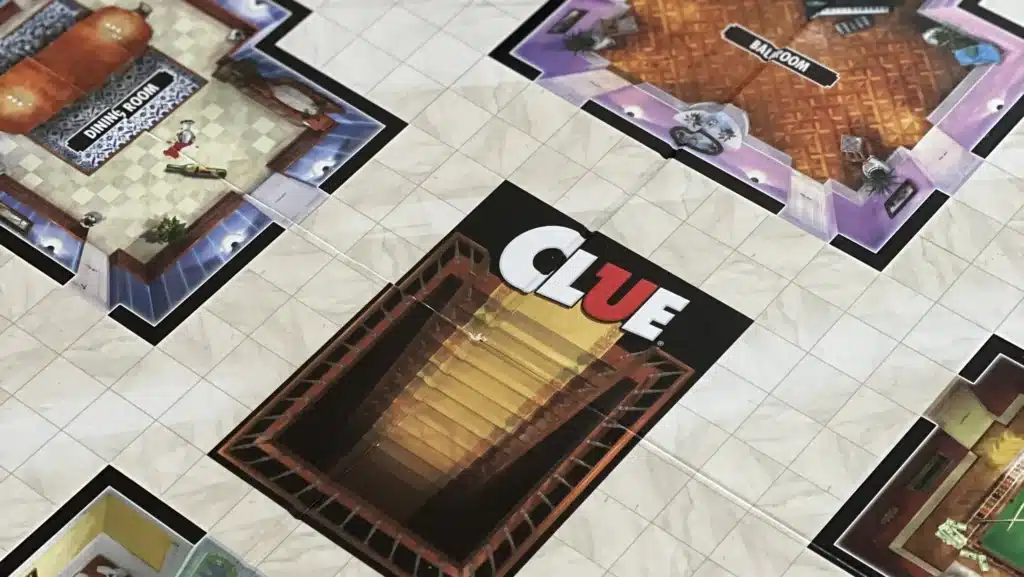Mastering the Art of Clue: A Comprehensive Guide to Playing the Classic Detective Game
Clue, also known as Cluedo in some regions, is a beloved board game that transports players into the world of mystery and deduction. Created in 1949 by Anthony E. Pratt, Clue has remained a staple in the world of tabletop gaming, captivating players of all ages with its intriguing premise and engaging gameplay. In Clue, players step into the shoes of detective personas, striving to solve a murder mystery by deducing the culprit, weapon, and location of the crime. Whether you’re a seasoned sleuth or a newcomer to the game, this comprehensive guide will equip you with the knowledge and strategies needed to master the art of Clue.
Getting Started:
Before diving into the investigation, it’s essential to familiarize yourself with the components of the game. A standard Clue set includes a game board depicting the floor plan of a mansion, six character tokens representing potential suspects, six miniature weapons, suspect cards, weapon cards, and room cards, as well as a pad of detective notebook sheets and dice. Once the game board is set up and each player selects a character token, the stage is set for the mystery to unfold.
Objective:
The primary objective of Clue is to be the first player to correctly solve the mystery by deducing the culprit, weapon, and location of the crime. Players accomplish this by strategically moving their character tokens around the mansion, making suggestions, gathering clues, and ultimately making an accusation.
Gameplay:
Clue is typically played with 3 to 6 players. The game begins with one player rolling the dice and moving their character token across the board. Players take turns moving clockwise around the board, entering rooms, and making suggestions about the identity of the murderer, the weapon used, and the location of the crime.
When a player enters a room, they have the opportunity to make a suggestion by naming a suspect, a weapon, and the room they are currently in. For example, a player might suggest, “I suspect Colonel Mustard, with the revolver, in the library.” The player to their left then must disprove the suggestion by presenting one card from their hand if they possess any of the suggested cards. If the suggestion cannot be disproved, play continues to the next player.
Players can use deductive reasoning to narrow down the possibilities by keeping track of which cards have been shown and which are still in play. As the game progresses, players strategically gather information, eliminate possibilities, and formulate their theories.
Making an Accusation:
Once a player believes they have solved the mystery, they may choose to make an accusation on their turn instead of making a suggestion. The player secretly selects one suspect, one weapon, and one room and states their accusation aloud. If the accusation is correct, that player wins the game. However, if the accusation is incorrect, that player is out of the game, and play continues without them.
Strategies for Success:
To increase your chances of solving the mystery and emerging victorious in Clue, consider employing the following strategies:
- Keep Track of Clues: Pay close attention to the suggestions made by other players and the cards that are shown to you. Keep track of which cards are in play and which have been disproved, as this will help you narrow down the possibilities.
- Control the Flow of Information: Be strategic in the suggestions you make and the cards you show to other players. Use this information to your advantage while minimizing the clues you give away.
- Use Process of Elimination: As the game progresses, eliminate suspects, weapons, and rooms from your list of possibilities based on the clues you gather. This will help you focus your efforts and make more informed accusations.
- Time Your Accusation Wisely: Making an accusation too early in the game can be risky, as you may not have gathered enough information to make an accurate guess. Conversely, waiting too long can give your opponents the opportunity to solve the mystery before you do. Aim to make your accusation when you feel confident in your deductions but before your opponents have the chance to do the same.
- Bluff and Mislead: Keep your opponents on their toes by bluffing and misleading them with your suggestions and reactions. Use psychology to your advantage to throw off their suspicions and lead them astray.
Conclusion:
Clue is a timeless classic that continues to captivate players with its blend of deduction, strategy, and suspense. By familiarizing yourself with the rules of the game, employing strategic thinking, and honing your detective skills, you can increase your chances of solving the mystery and emerging victorious in the world of Clue. So gather your fellow sleuths, sharpen your wits, and prepare to unravel the secrets of the mansion in this thrilling game of mystery and intrigue.






